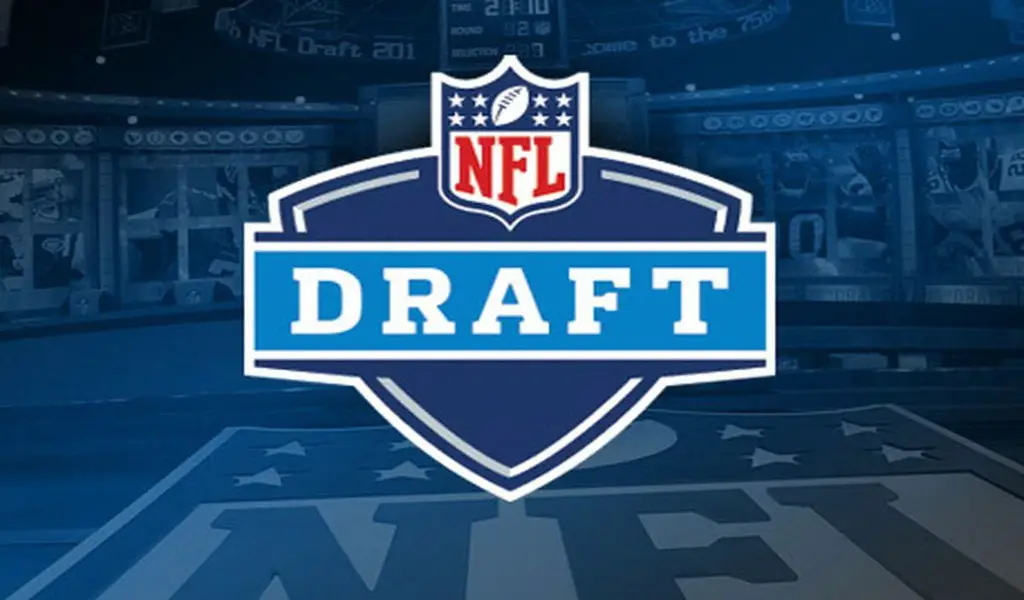The National Football League (NFL) Draft is a cornerstone event that shapes the future of teams and the league as a whole. It’s a time when strategy, anticipation, and the dreams of young athletes converge on a single goal: to build a winning franchise. As we delve into the intricacies of the draft and its impact on football, let’s explore how this annual event is more than just a selection process—it’s a blueprint for success in the NFL’s new era.
The History of the NFL Draft
The inaugural NFL Draft was held back in 1936. Since then, it has been an annual event, growing in size and popularity over the years. The draft was first televised in 1980, transforming it into a major televised event in the United States. The location of the draft has also changed over the years to accommodate more fans.
The draft has seen various revisions since its inception, including team positioning and the number of rounds. However, the fundamental method has remained the same. The draft now consists of seven rounds. The original purpose of the draft was to increase competitive parity among the teams by allowing the worst-performing teams to select the best available players.
Understanding Player Eligibility and Draft Requirements
To be considered for the NFL Draft, players must have been out of high school for at least three years. This rule ensures that athletes have had sufficient time to mature physically and mentally before joining the professional ranks. Additionally, they must have exhausted their college eligibility before the next college football season begins. These criteria are designed to maintain a level playing field and ensure that players are ready for the rigors of professional football.
The Expansion Draft: A Balancing Act
When the NFL welcomes a new team into the fold, an expansion draft is held to help balance the competitive landscape. In 2023, the rules stipulated that an expansion team must select a minimum of 30 players, with the option to draft up to 42 or spend up to 38 percent of the salary cap on drafted player salaries. This strategic financial cap of $85.42 million ensures that new franchises have a fair chance to compete without destabilizing the league’s economic structure. The last team to complete an expansion draft was the Houston Texans in 2002.
The Youngest Draft Phenoms
The draft has seen its share of young stars, with Amobi Okoye holding the title of the youngest player ever drafted at the age of 19. His selection by the Houston Texans in the 2007 NFL Draft exemplifies the league’s ability to identify and nurture young talent, setting the stage for a career in the highest echelon of American football.
Compensatory Picks and Trades
Aside from the usual seven rounds of picks, the NFL has the ability to allocate up to 32 extra “compensatory free agent” picks. These are awarded to teams based on the players they lost and gained in free agency. The aggregate worth of compensatory free agents acquired or forfeited is determined, and a team is allocated selections with a value equivalent to the net loss of said free agents, up to a maximum of four selections.
Teams are also allowed to trade their picks, enhancing the draft’s strategic element. Trades can be negotiated at any time before and during the draft, and teams can swap picks or current NFL players to improve their position in the current draft or future ones.
The Anatomy of the NFL Schedule
Each NFL team plays 17 regular-season games with one bye week. To ensure fairness, teams alternate between hosting nine regular-season games and eight, along with preseason games. In 2023, the AFC teams were scheduled to host nine regular-season home games, illustrating the league’s meticulous planning in crafting a balanced and equitable schedule.
Looking Ahead to Next Year’s Draft
The 2024 NFL Draft will take place in Detroit from April 25 to April 27. The Chicago Bears hold the No. 1 pick thanks to their trade with the Carolina Panthers a year ago. That trade included the Panthers moving up from the No. 10 spot to the No. 1 overall pick in 2023 to select quarterback Bryce Young. They also gave the Bears their No. 1 selection this year, wide receiver D.J. Moore, and two second-round picks. The Washington Commanders, New England Patriots, Arizona Cardinals, and Los Angeles Chargers fill out the top five.
Super Bowl Betting Odds
Betting has become an integral part of the NFL experience, with platforms like FanDuel offering odds for every game. For instance, the FanDuel Super Bowl betting odds provide fans with insights into which team is favored to win and by how much, adding an extra layer of excitement to the championship showdown. Currently, the San Francisco 49ers are slight favorites in the odds to win Super Bowl LVII. The winner of the Chiefs and 49ers game will hold the final pick in the first round of the 2024 NFL Draft, as the order is determined based on how teams finish.
Conclusion
The NFL Draft is not just about selecting the best college players; it’s about crafting a vision for the future. From ensuring player readiness to embracing technological advancements and fostering an inclusive environment, the draft is a multifaceted tool that shapes the league’s trajectory. As we look ahead, it’s clear that the NFL’s blueprint for success is constantly evolving, with each draft class bringing new talent and possibilities to the gridiron.





